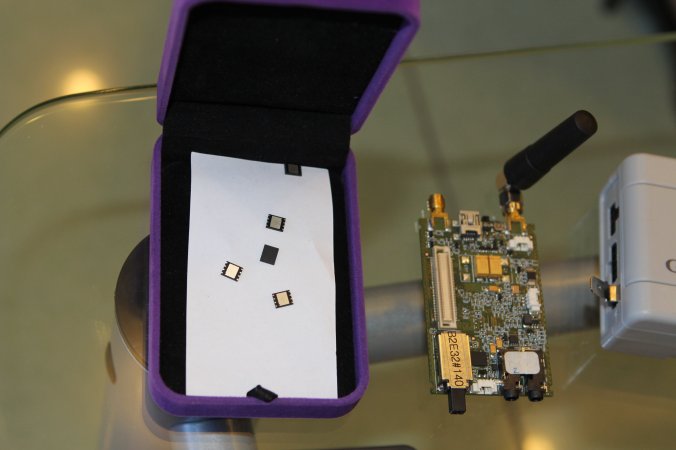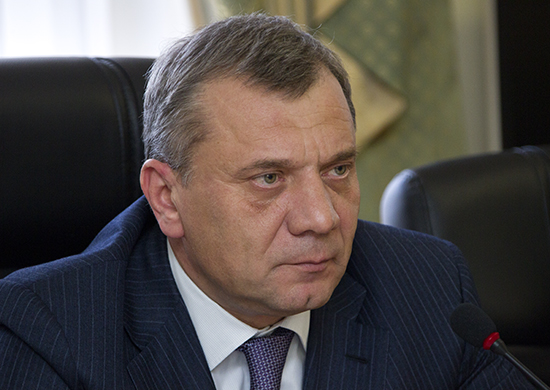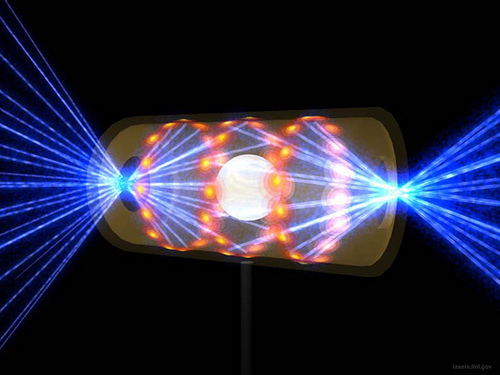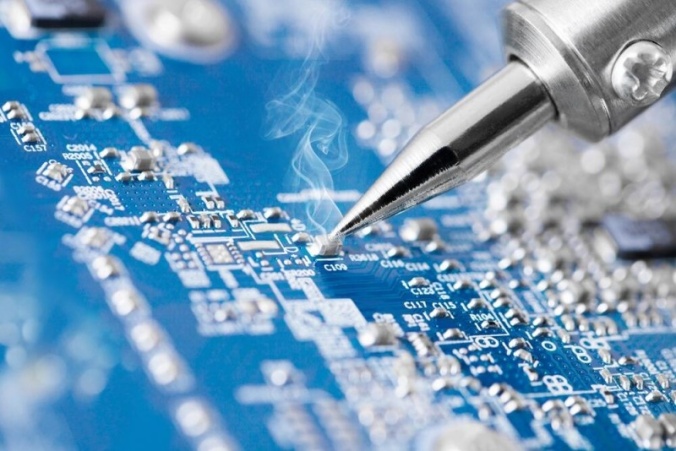 Russia’s Transport Ministry has decided to invite the biggest Russian companies partially-owned by the state to join the nation-wide navigation and information platform, established within the scope of the ERA-GLONASS National Accident Emergency Response System project, ministry officials told Izvestia daily on Monday,
Russia’s Transport Ministry has decided to invite the biggest Russian companies partially-owned by the state to join the nation-wide navigation and information platform, established within the scope of the ERA-GLONASS National Accident Emergency Response System project, ministry officials told Izvestia daily on Monday,
ERA-GLONASS is a national system of emergency response, the primary purpose of which is to save lives and reduce injuries in traffic accidents and other road emergencies nation-wide in the Russian Federation. The system deploys a combination of modern technologies, including telecommunications, information processing, and satellite navigation solutions (GLONASS and GPS). One of its primary goals is to reduce the emergency response time and support the Single National Emergency Call System (System 112).
“We are not talking about transport alone,” Aleksey Semyonov, the director of the Transport Ministry’s Development Program Department said. “We suggest that the companies partially-owned by the state should join the publicly-funded technological platform, which has certain infrastructures in each Russian region. The aim is to ensure the cohesion of process control. In gaining access to the navigation and information platform and using its opportunities, the companies will be able to create any services they need.”
ERA-GLONASS is due to come into full-scale operation by January 1, 2015. According to regulations, automobile manufacturers should equip new light and freight vehicles with onboard terminals enabling emergency response services to receive exact coordinates and other details of road accidents.






